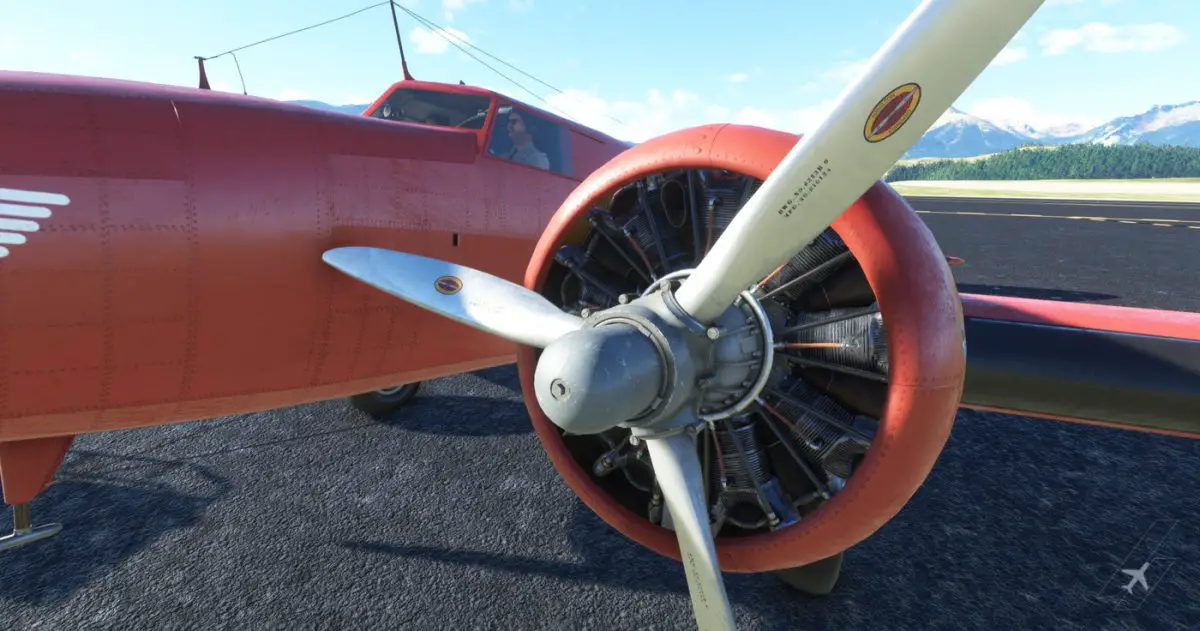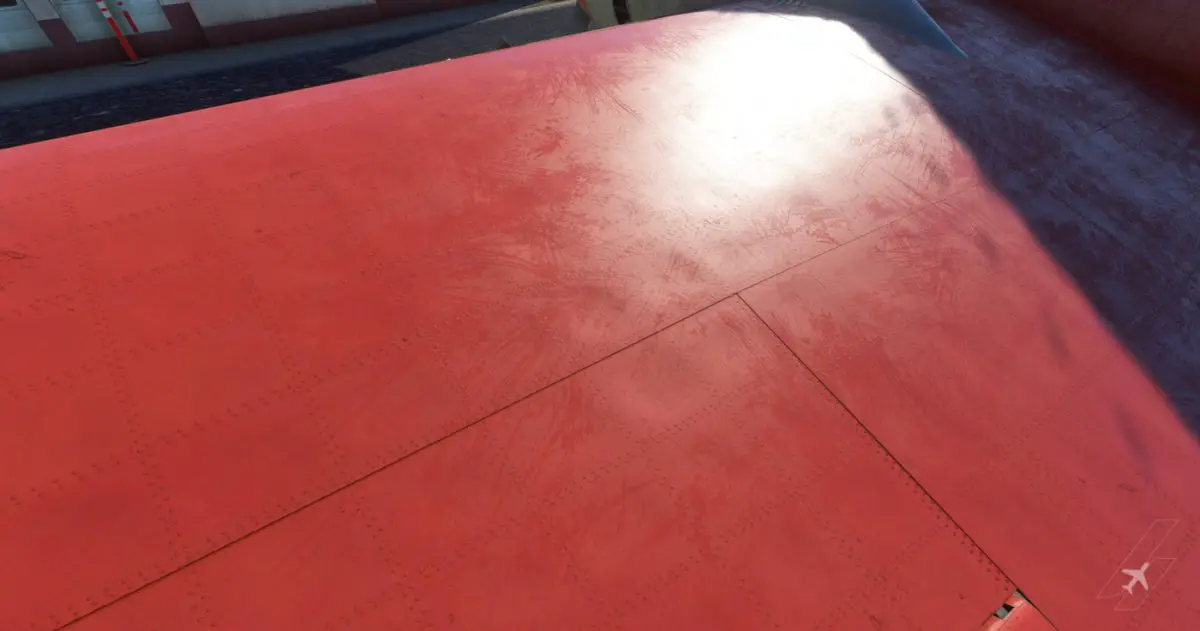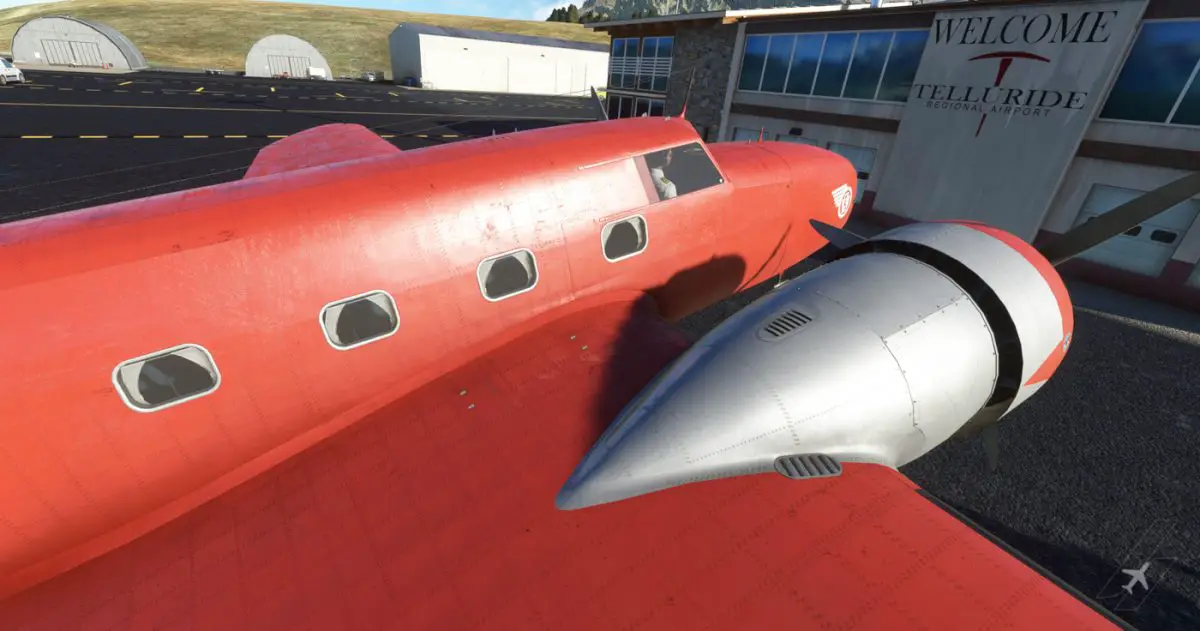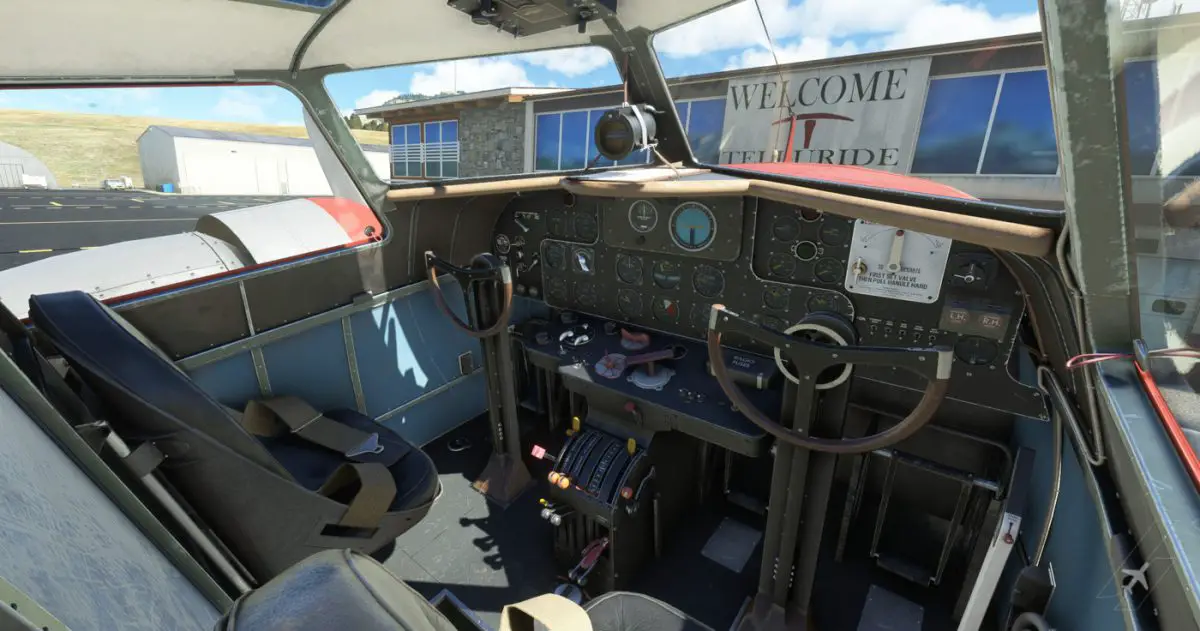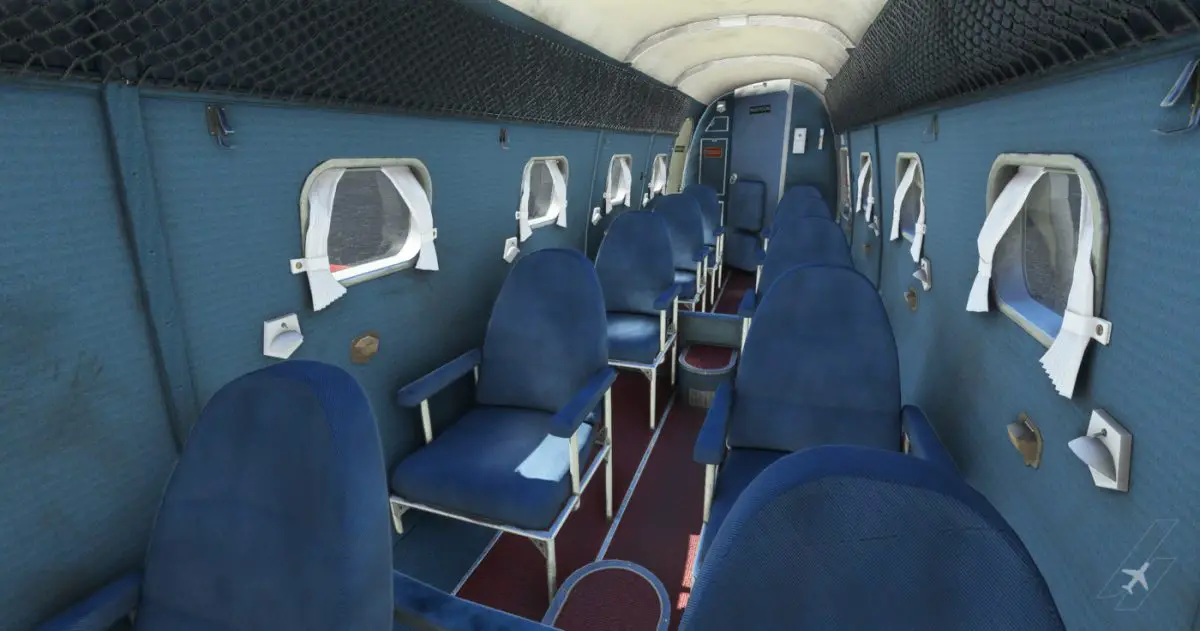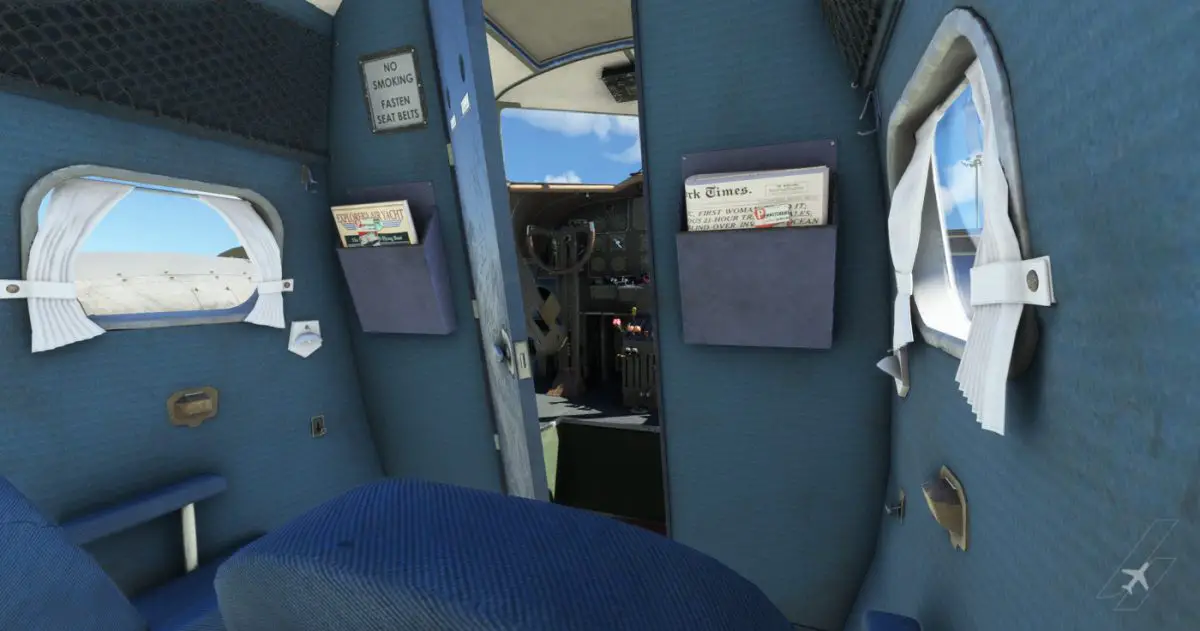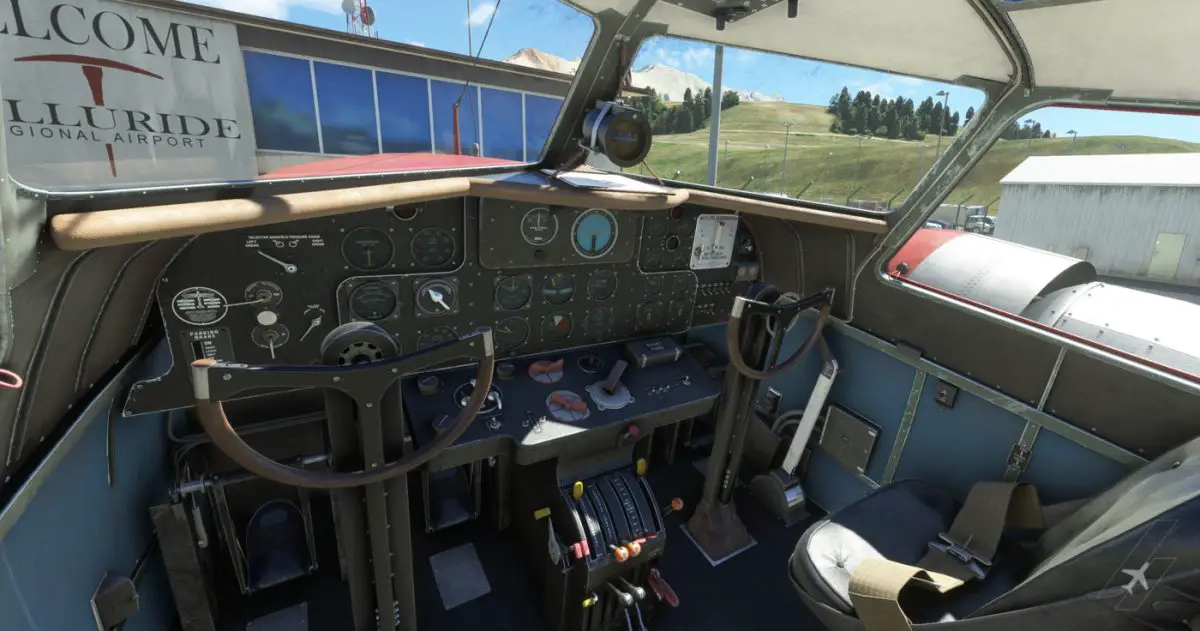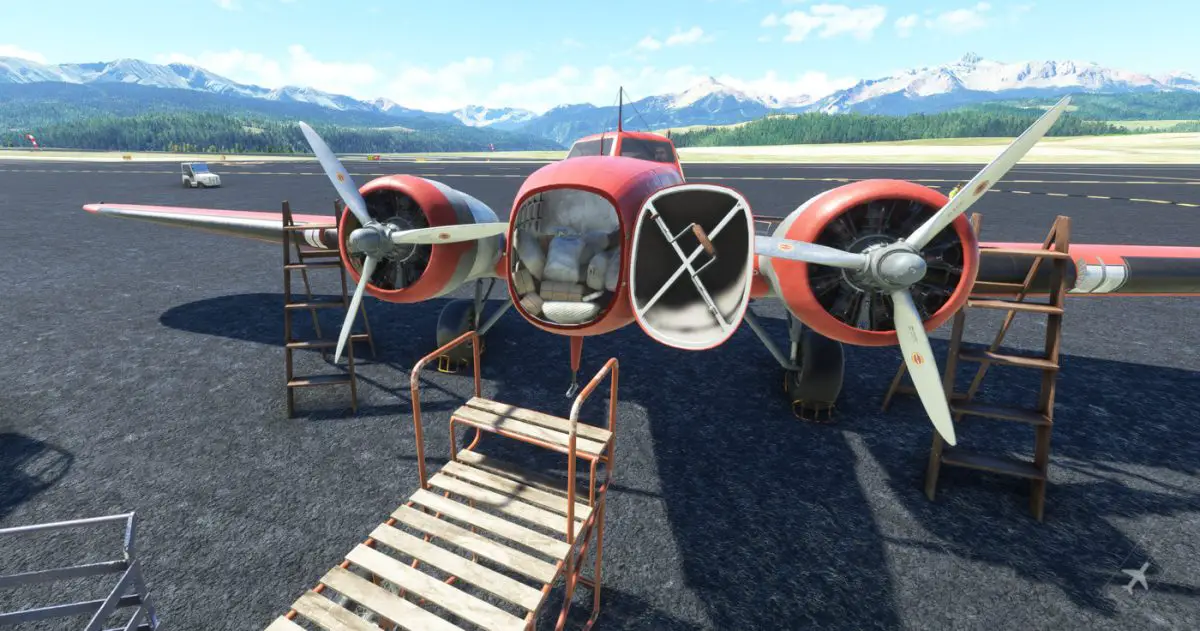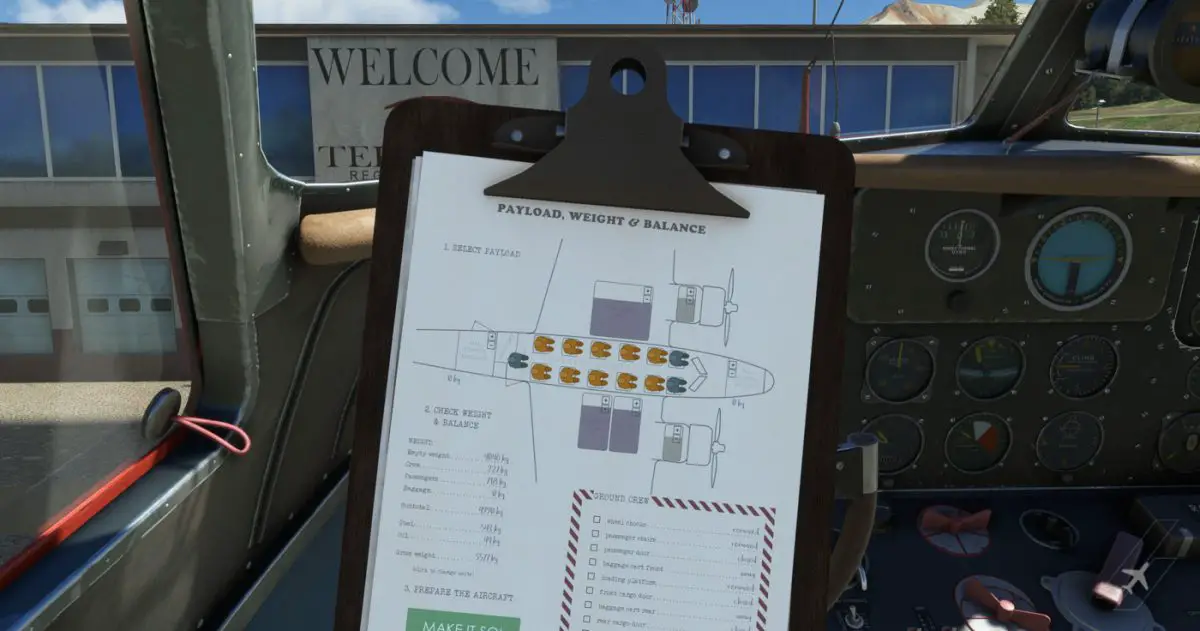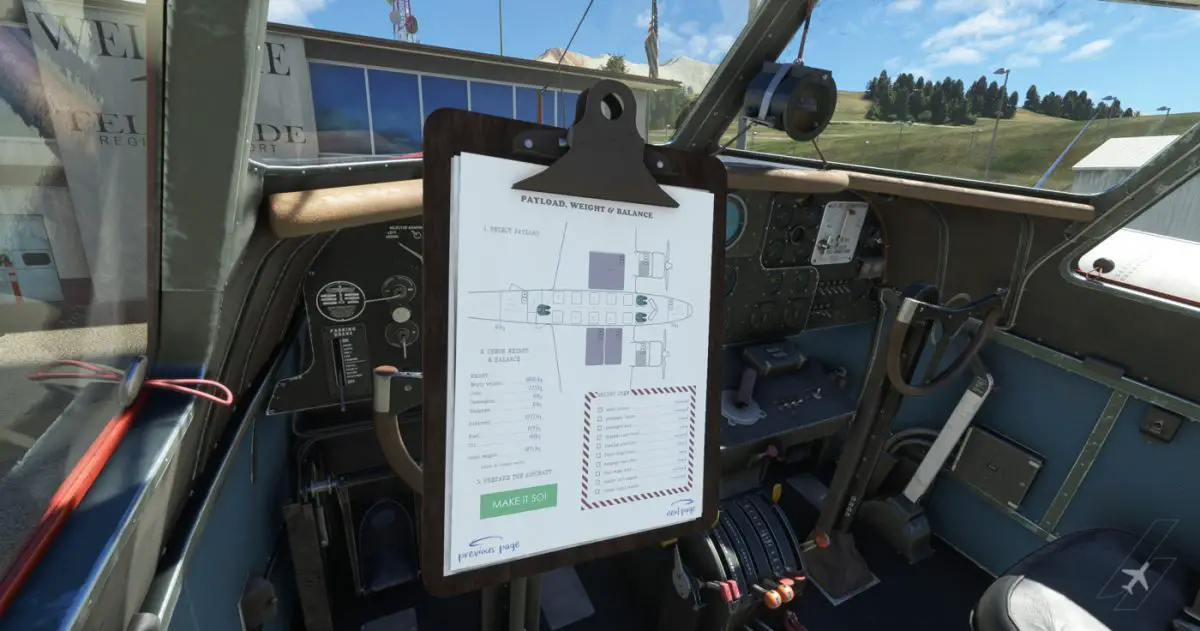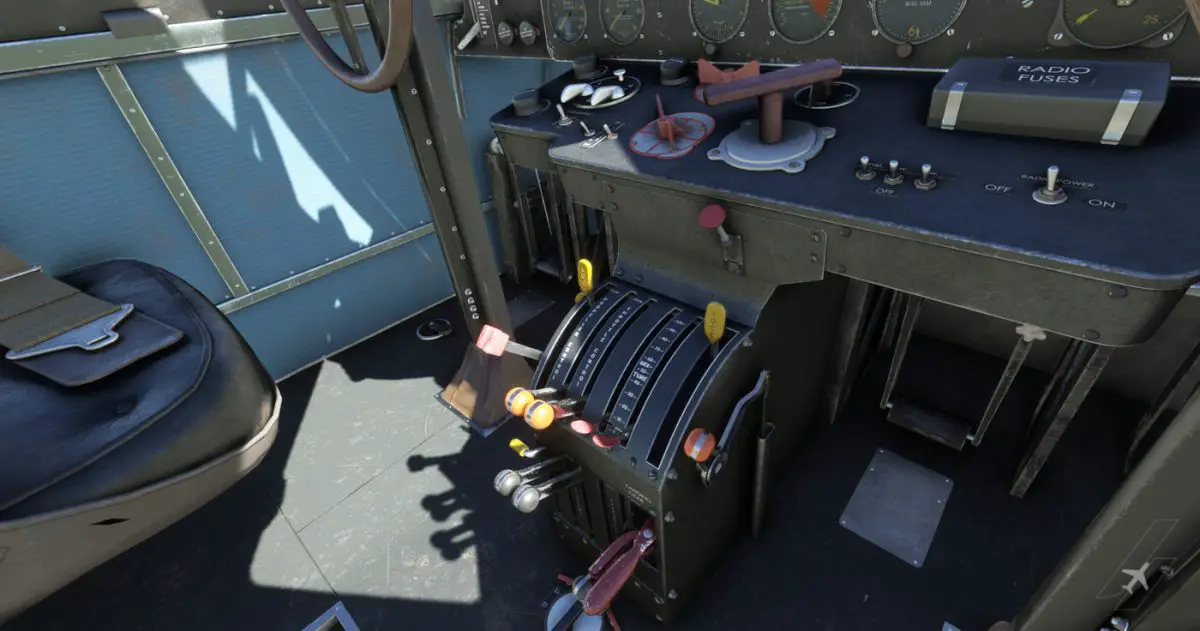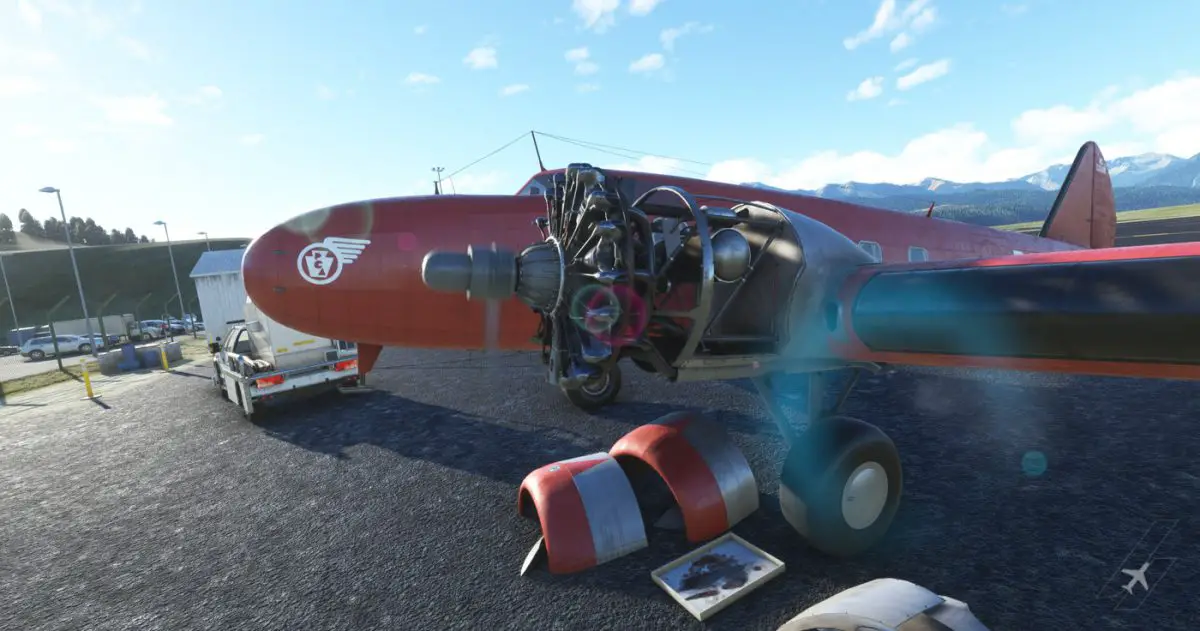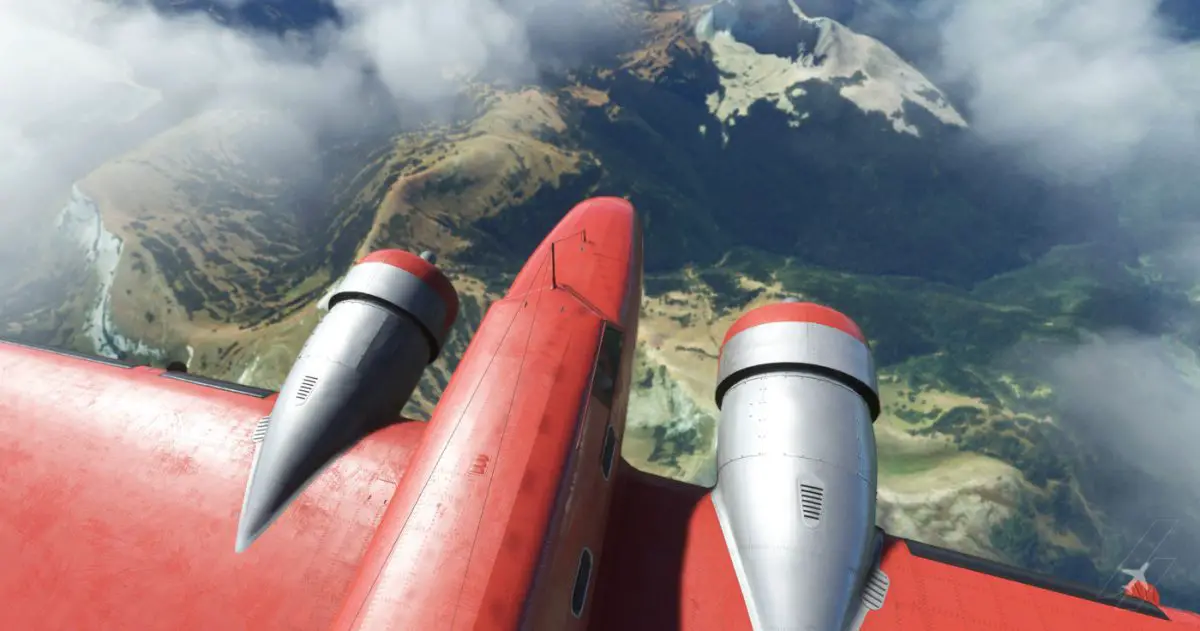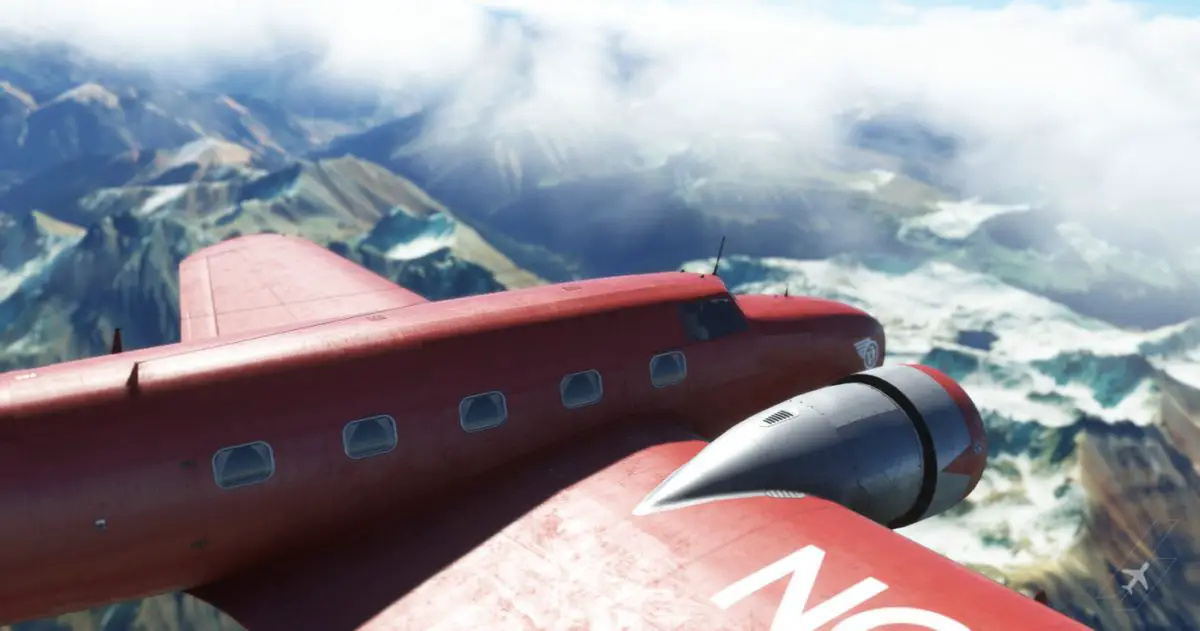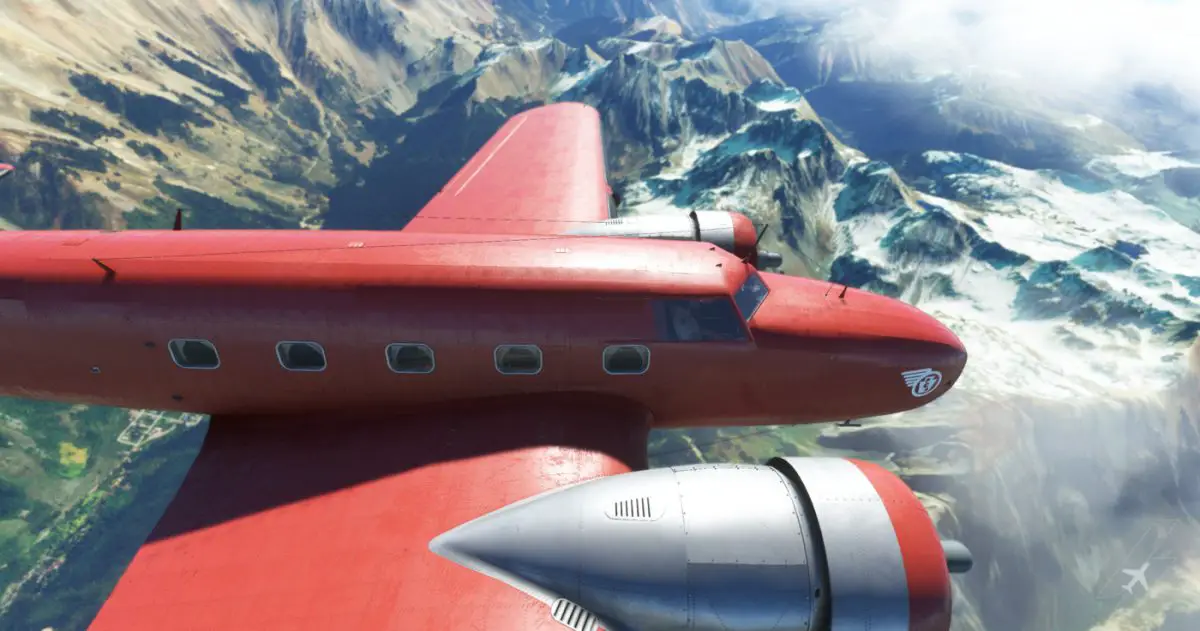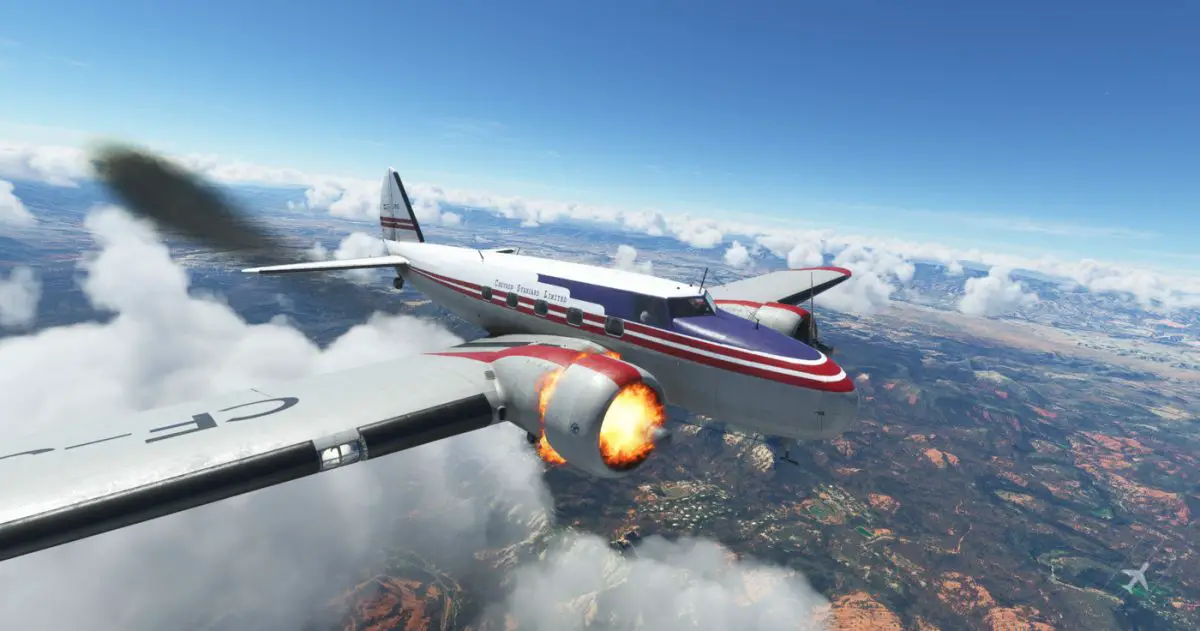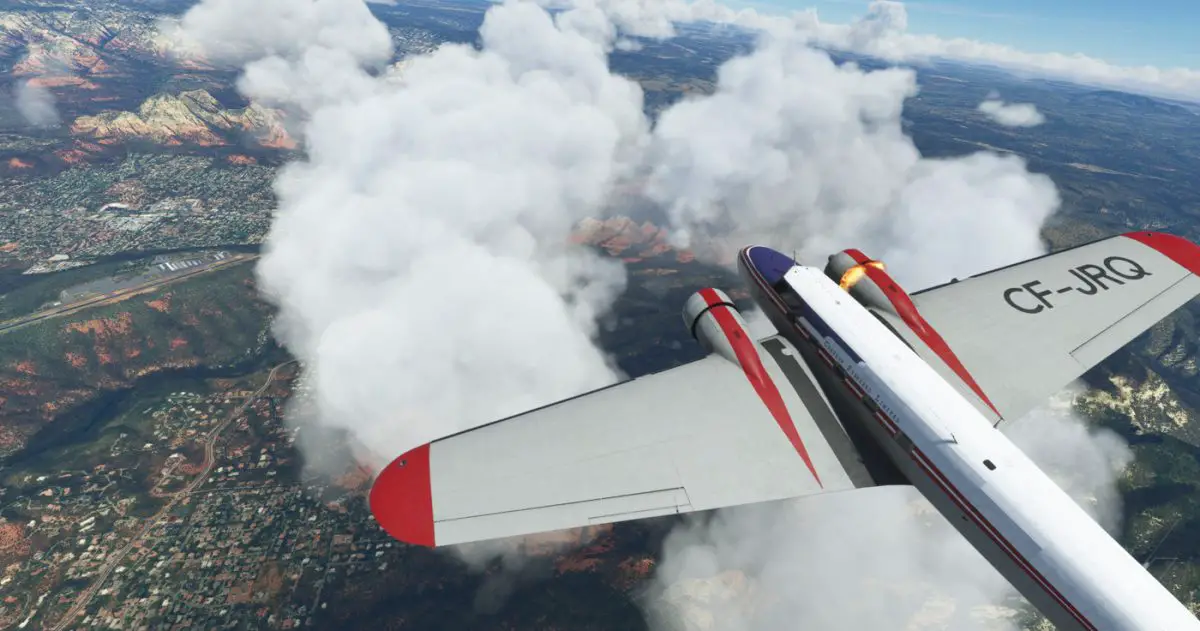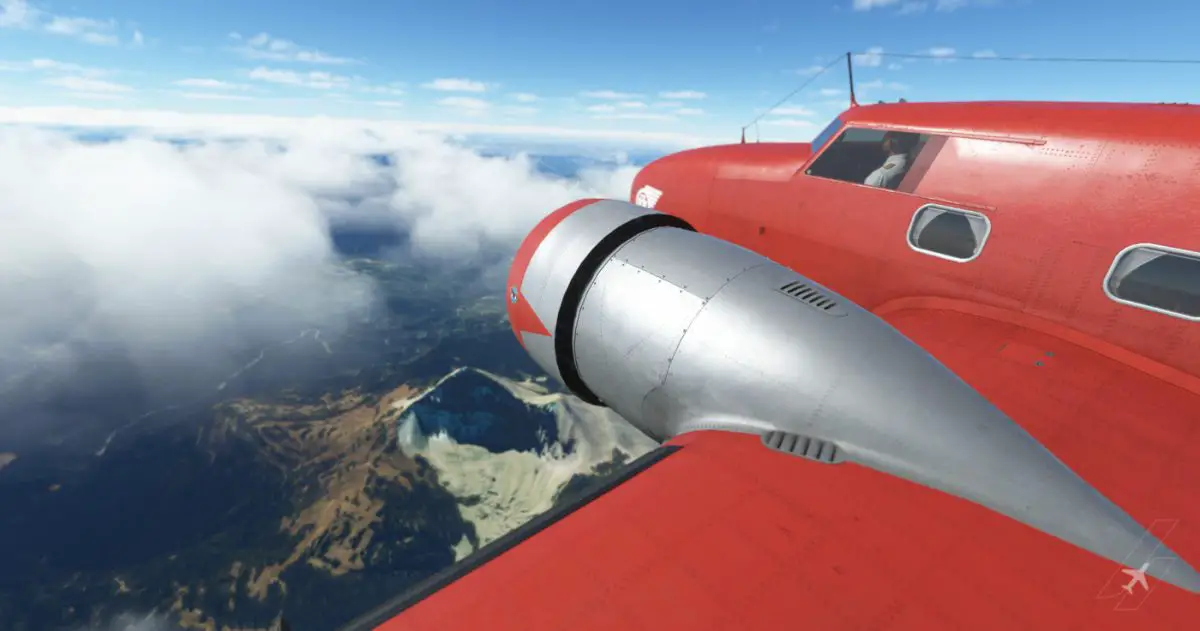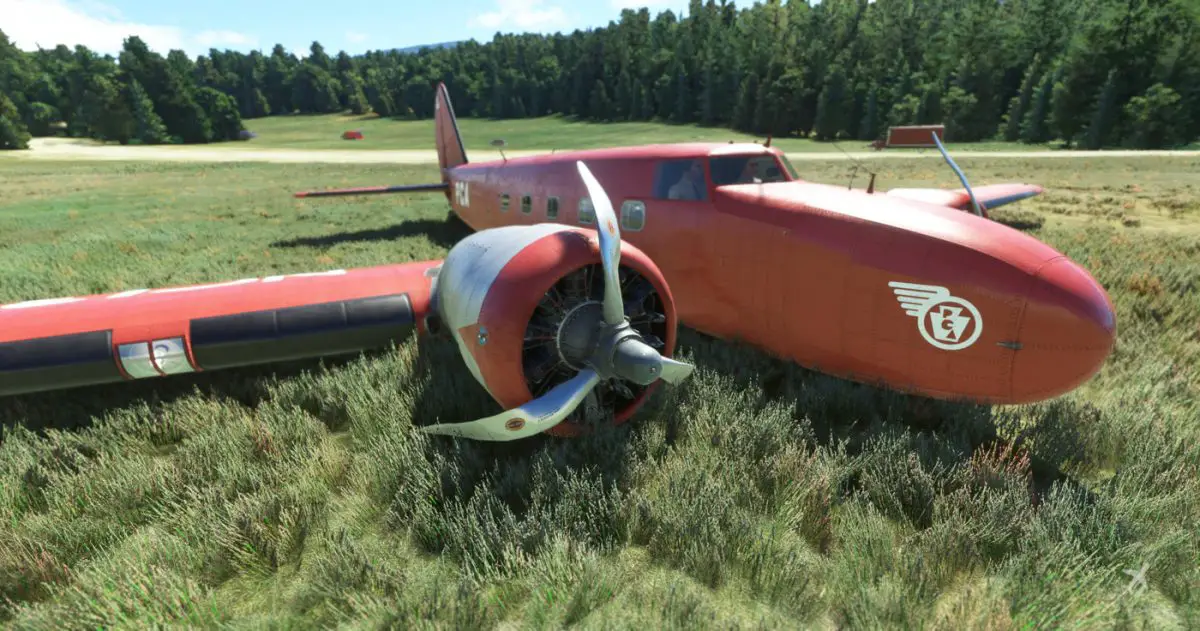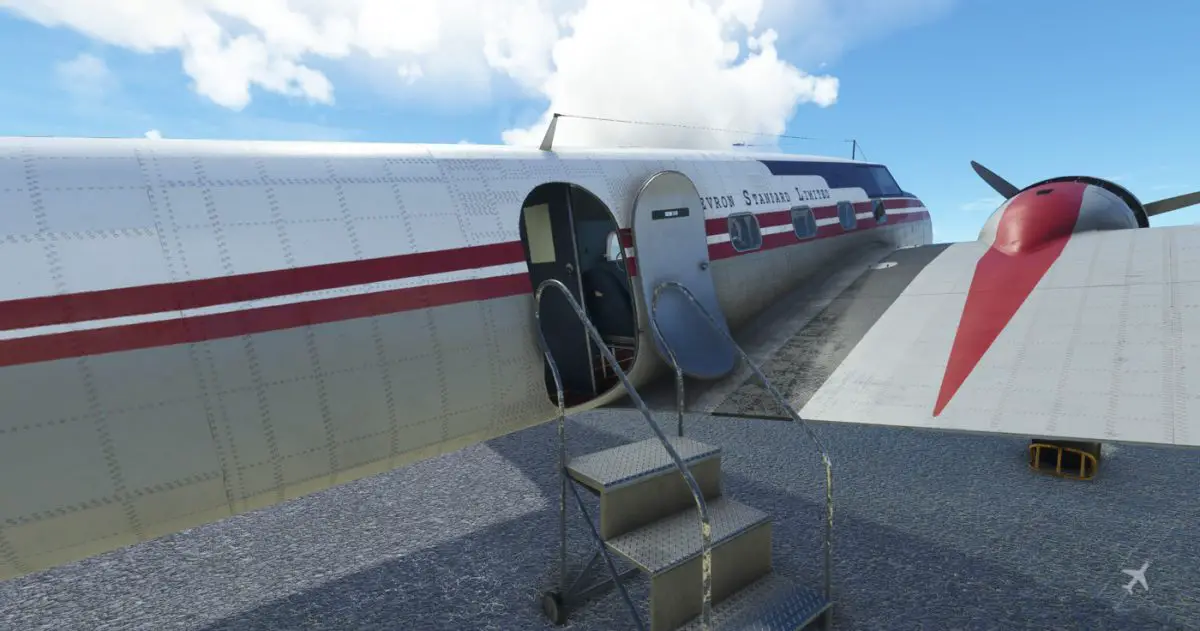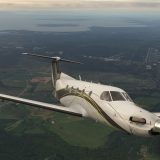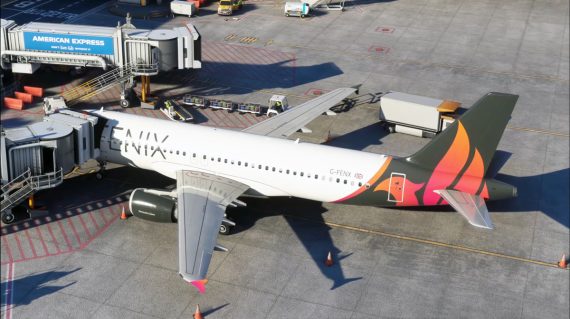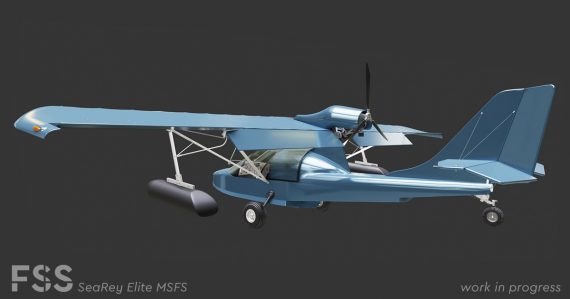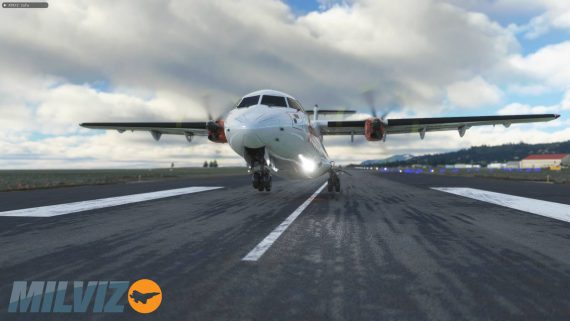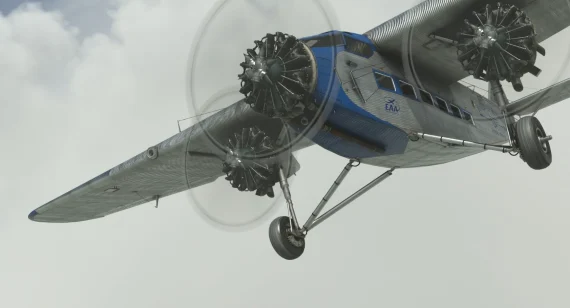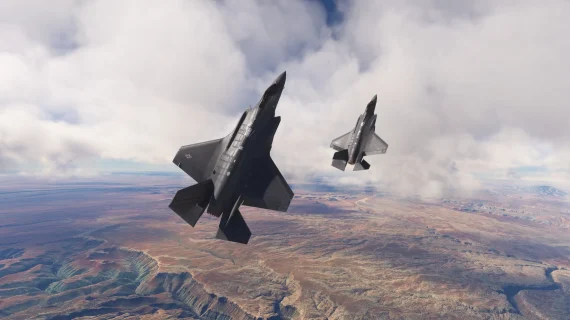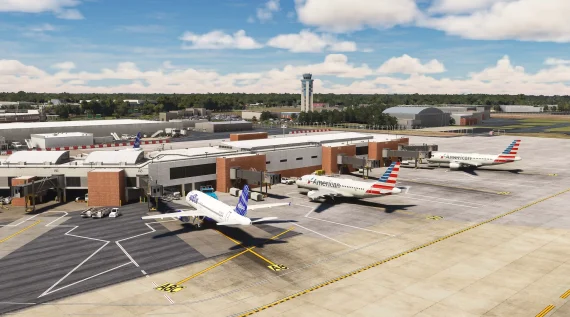The Boeing 247D from Wing42 is now out for MSFS. See why it’s one of the coolest airplanes yet!
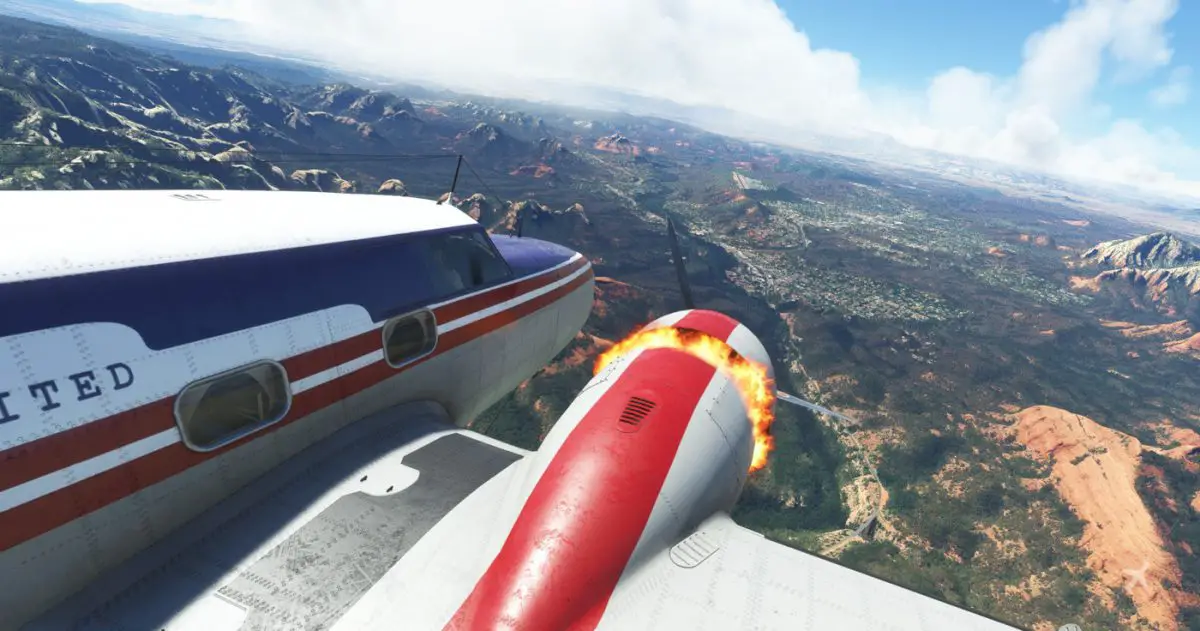
It can actually run pretty hot!
After a long wait, Wing42 has finally released today its fascinating simulation of one of the world’s earliest airliners: the Boeing 247D.
We’ve been following this project slowly come to life over the last year and a half, eventually realizing that it could turn into something quite special. And indeed it turned!
Despite being almost a century old, the 247 pioneered some features that are still seen in modern-day airliners, like an all-metal construction, control surface trims tabs, retractable landing gear, and more.
Wing42 set out to make an authentic, historically accurate, highly detailed virtual version of the Boeing 247D for Microsoft Flight Simulator. How? By building a high-quality model with high-resolution textures, a “hiper-realistic” flight model, a deep simulation of the engines and other systems (electrics, radios, oils, etc), and some great sounds. The result can now be experienced by a broad number of simmers: the 247D is now available for an extremely enticing price: $20 (€17)!
The pricing alone puts this aircraft into impulse-buying territory, but when you realize how awesome the whole thing is, you will get it not because it’s cheap, but because it’s freaking awesome! This price is indeed a risk, an “experiment” being carried out by Wing42 in hopes to change things up in the flight simulation market. As Otmar Nitsche explained once pricing was revealed for the 247D, he believes that the large userbase in MSFS enables add-ons to be sold at lower prices, thus reaching a wider audience. That is, at least, what he’s hoping. Others continue to feel differently.
Anyway, you can now support this idea and grab the 247D directly from Wing42’s website. Or better yet, just get it because it entices you, which is exactly the reason why Wing42 deserves your money.
Early impressions
I’ve been testing the pre-release version of the 247D for about a week (versions, actually, since Wing42 has updated the package almost daily). While the full package is now being delivered to customers, my impressions are relative to the several beta builds from the last few days, so your experience with the launch build may be slightly different.
The Wing42 Boeing 247D is truly a special product that sets the bar on several key fronts when it comes to MSFS add-ons. For one, it’s an absolutely spectacular product, an engrossing, fascinating, hugely entertaining aircraft. It will bring you closer to the roots of aviation and you’ll become a better pilot with it. This would easily justify a $60 price tag, but Wing42 is selling the 247D at a fraction of the price… which makes this a quintessential aircraft for MSFS that everyone should consider buying.
When you first load the 247D in MSFS, you will immediately notice how good it looks both inside and out. The 3D model is spot on, the cockpit is an absolutely masterful work of art and a very cool place to be. Some textures are not quite as high-resolution as they could be, but this is something Wing42 can possibly improve in due time. Overall, it looks great.
Immersion is key
Wing42 presents us with a complete experience in the 247D. From the moment you load the aircraft in a cold and dark state, you’re in for a deep and immersive experience across the whole package. For starters, the aircraft comes equipped with all the necessary external structures required to prepare it for a flight, such as wheel chocks, baggage carts, passenger stairs, and more. With the 247D you also get your own invisible crew, which will follow your orders and perform a series of key tasks, such as removing (or placing) the external features, boarding passengers, loading cargo, and more. They can even play a key role in starting the aircraft, in one of the 247D’s peculiarities (unless you look forward to step out of the aircraft to wind up the flywheel, a necessary step in the engine starting procedure). All of these steps take their time, which helps keep the levels of immersion and realism high.
The 247D comes with a handy clipboard that enables several key features in the product. It starts by providing some very useful performance information, followed by a payload manager, engine-starting procedures, maintenance options, and more. It’s a very useful tool that you will use throughout the whole experience.
The clipboard is an intuitive feature to have in the cockpit, but Boeing’s engineers were quite… creative with a lot of other design decisions (the clipboard is entirely from Wing42, obviously). The instrument panel is rather unconventional, with no traditional six-pack instruments in front of you, so the first few hours may be a little disorienting as you look around for the familiar airspeed and altitude indicators. Thankfully, Wing42 includes a detailed user manual that explains most of the weirdnesses of the 247… and there are quite a few.
Love those engines!
The Boeing 247D is powered by two Pratt & Whitney R-1340 Wasp engines, which need to be very carefully started and then managed throughout the whole flight. Just starting them up is a somewhat convoluted process that has been fully simulated by Wing42. After setting up the aircraft, which requires selecting the right kind of oil based on outside air temperature, you will have to manually maintain fuel pressure up while winding up the flywheel (your crew can assist with that), before meshing it with the crankshaft to start the engine. Be very careful though! Prime it too much and it may catch fire! Thankfully, there’s a eerily large fire extenguisher system… likely a omen of what’s eventually going to happen!
The process of starting the engines successfully is already hugely rewarding, and once the sounds of those big Wasp engines begin, they will be music to your ears. After this crucial first step is completed, you will then need to carefully watch out for the oil pressure, managing oil temperature in several ways to keep everything running smoothly. A combination of proper mixture, oil selection, air temperature, oil flaps, and much more, play a key role in the whole simulation.
All of this is possible because of Prop-o-Tronic, a custom physics engine that governs how all the systems interact to create this hugely immersive and realistic experience. That alone is a reason to be excited on every flight with this aircraft, but there’s more to discover in the 247D. For example, the electrical system is also simulated to extreme detail. The electrical components are protected by melting-type fuses, and there’s even a spare fuse box that you can use in case something goes wrong with one of them… which may happen if you don’t pay attention to battery charge and discharge rates. Use the radio too much while using other electrical components and you may run out of battery!
A radio that will take you home with some tunes
Speaking of radios, this is another reason of interest all by itself. Wing42 implemented a historically accurate radio range navigation system in the 247D, a predecessor system to NDBs and VORs. That’s right, not only there’s no GPS here or any other kind of modern navigation system, but you also have to learn the old system used by aviators in the 1930s: “flying the beam”. It’s a simple but ingenious solution to guide you to a specified point.
The whole thing is clearly explained in a tutorial flight included with the 247D (one of the few very useful documents that you’ll find in the installation folder), but essentially you only need a simple AM radio, like the one fitted in the overhead panel of the 247D, to tune to the desired station frequency, and then listen to the A and N morse codes it emmits to find your way into the station.
The same radio that enables this kind of navigation in the Boeing 247D also hides a particularly cool surprise. Wing42 added a bunch of radio stations that you can tune in and listen to actual music from the 1920s and 30s! There are hours of nice tunes from the era, the perfect backdrop as you fly across the US in this classic airliner. Brilliant!
Given all this realism, virtual pilots looking to take the 247D into VATSIM might be thinking that they are out of luck with this aircraft. After all, transponders were not a thing in airplanes of this era, so the Boeing 247D had none. However, Wing42 decided to implement this functionality in the clipboard, which is a way to give simmers a nice thing to have while keeping the aircraft itself safe from any unrealistic modification.
Fat wings and shaky gauges
With all of these awesome features grabbing your full attention, it’s easy to forget that this is an actual airplane that flies! Thankfully, the experience is equally great there. The flight model has been tuned to be as realistic as possible. The 247D flies slow, that’s a fact, but the massive wings give it a lot of lift (it doesn’t even need flaps), and it flies gracefully across the skies. No autopilot, obviously, but it can be easily trimmed. Overall, a pleasure to hand-fly!
While flying the WIng42 Boeing 247D you will notice that vibrations are part of the experience. Actually, you will notice that right away after starting the engines. The whole instrument panel shakes, an effect that extends to the gauges themselves. Most of the needles wiggle in one way or another, reflecting the vibrations of the engine and making some readings a bit unprecise. It does make the airplane feel alive and, again, very real.

Your airplane
There’s a lot more to be said about this brilliant work from Wing42. Like the stunning fire effects when an engine caughts on fire, or the bent propellers as you are inevitably forced to land off airport, or how the state of the aircraft is saved between sessions, so you always return to your airplane, just as you left it. Like all the great things, it’s best experienced by yourself!
The are obviously some tweaks that are needed here and there, but nothing major that detracts from the whole experience, and judging from the commitment put by the developer in this past week before the release, with daily updates that brought some dramatic improvements in several key areas, there’s confidence that anything that needs to be improved will be so as soon as possible.
Wing42 truly did a remarkable job with this aircraft, a brilliant representation of the uniqueness of the Boeing 247D. It’s tough, it demands your full attention, but it totally deserves it and rewards your efforts. It’s also an engrossing educational experience about the golden era of aviation. Wholeheartedly recommended!





